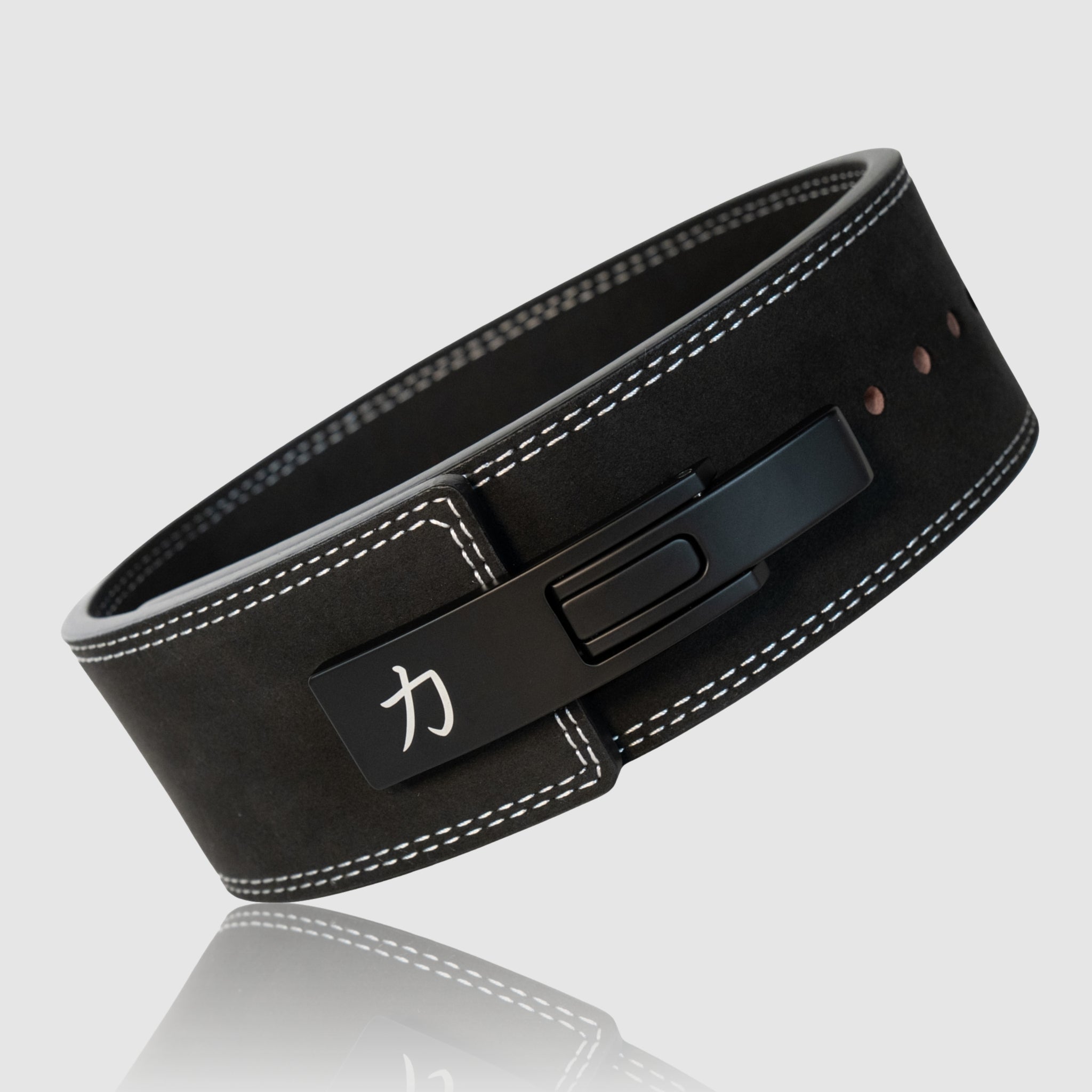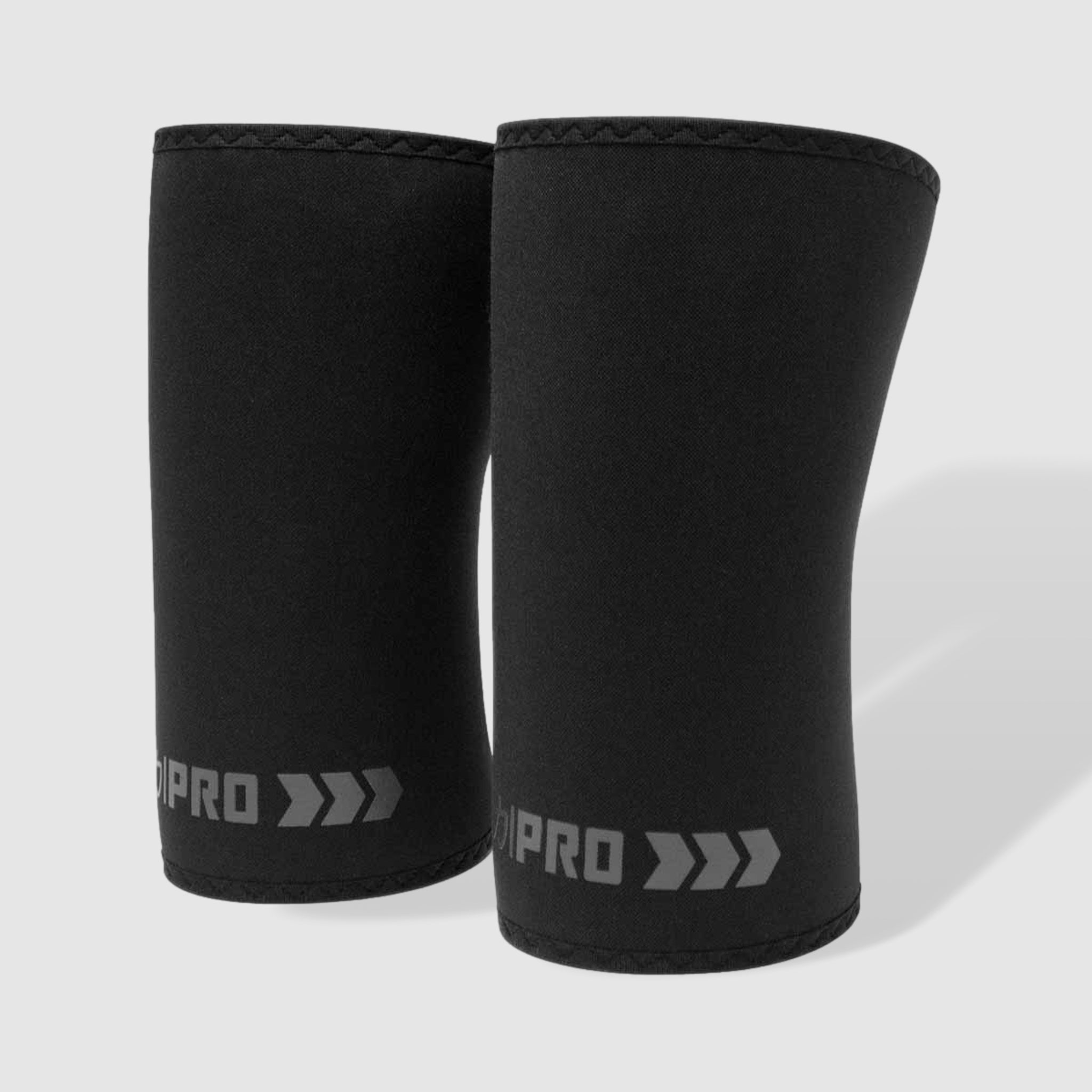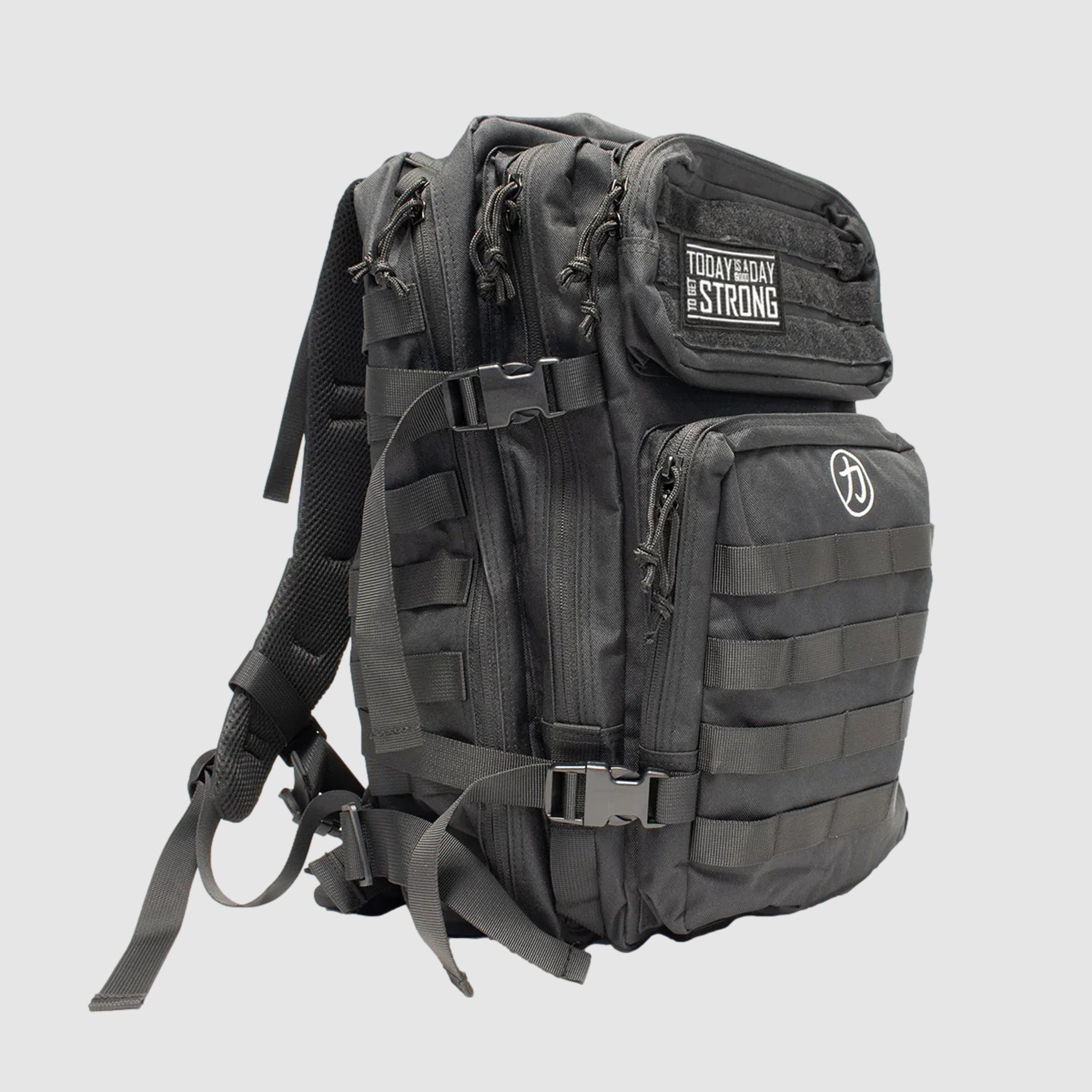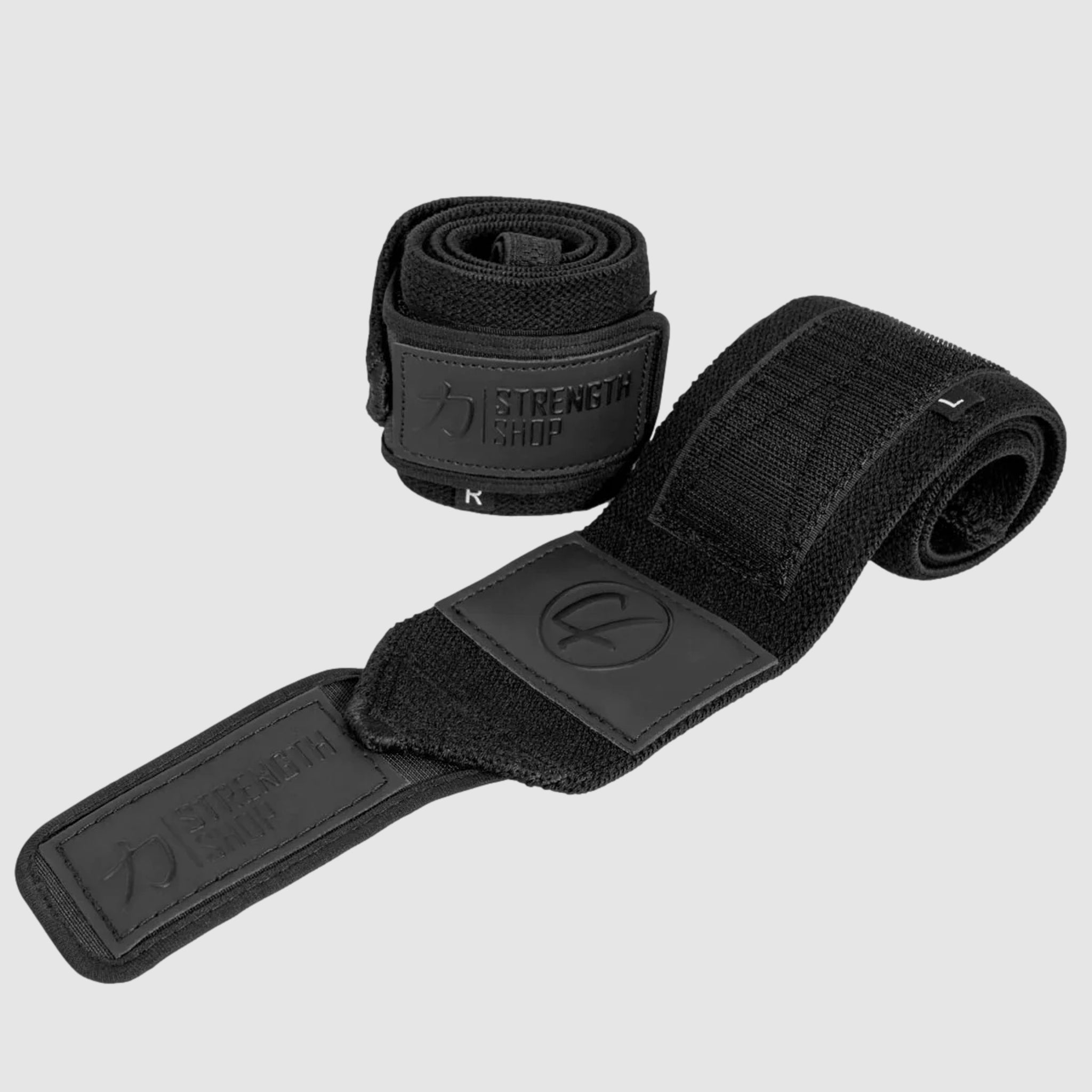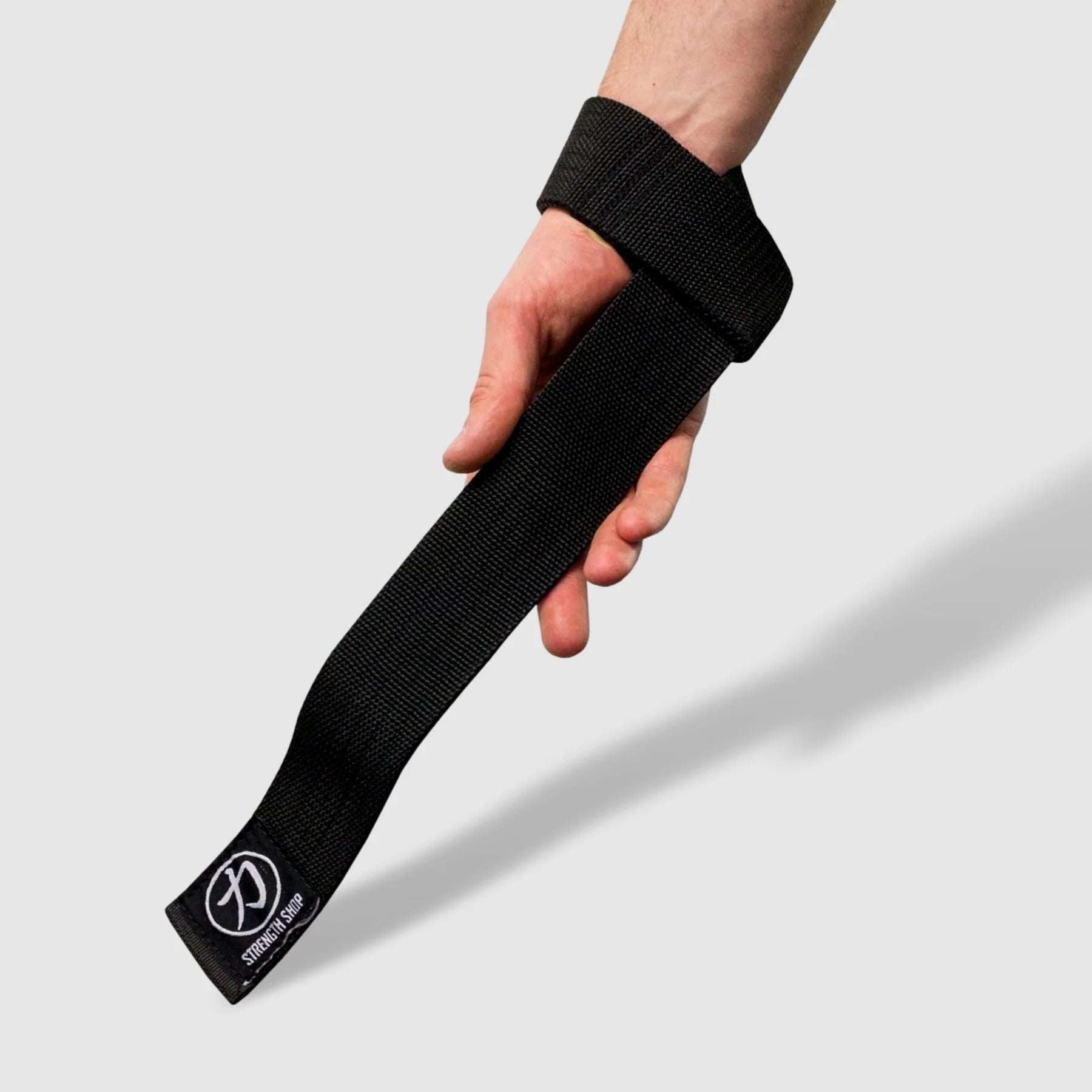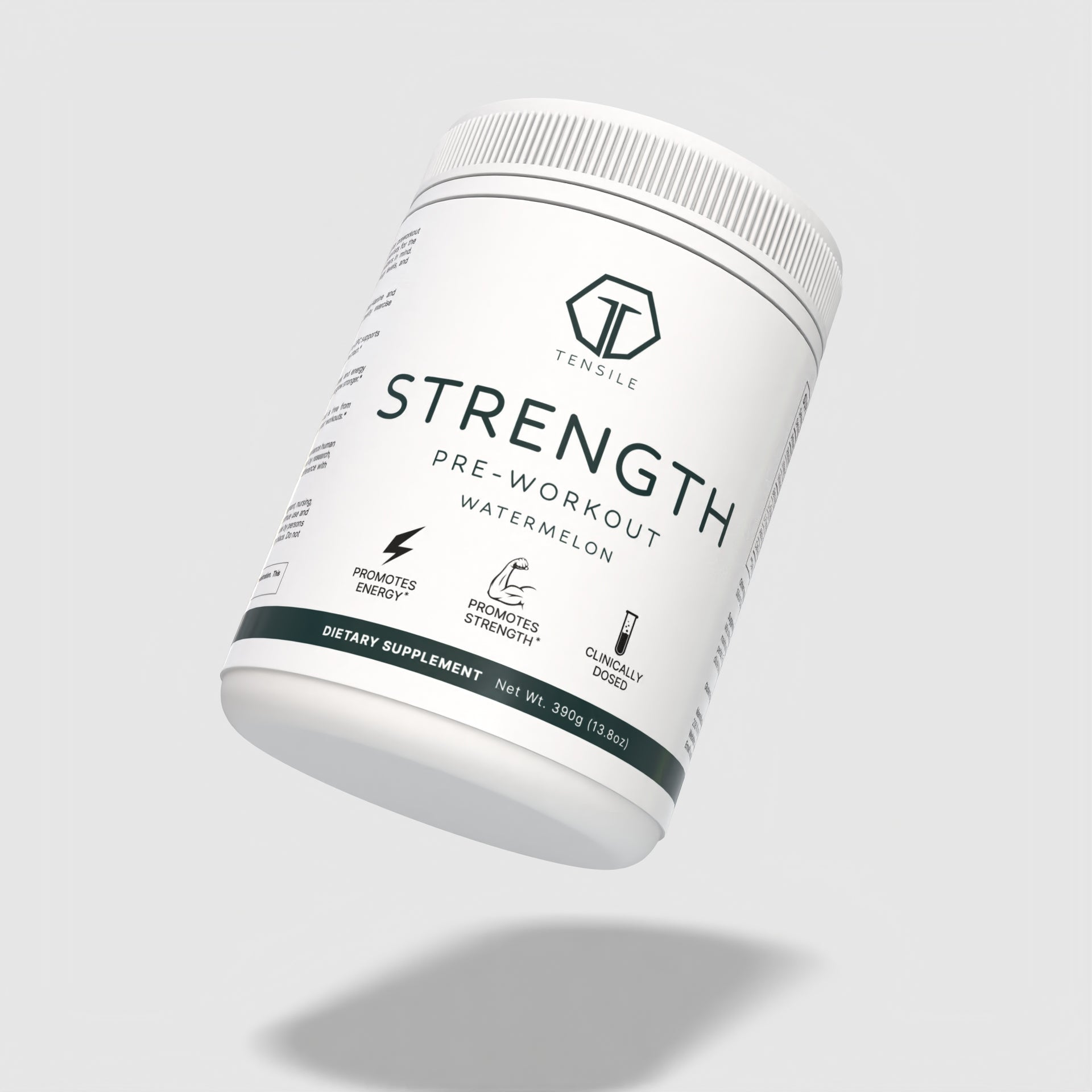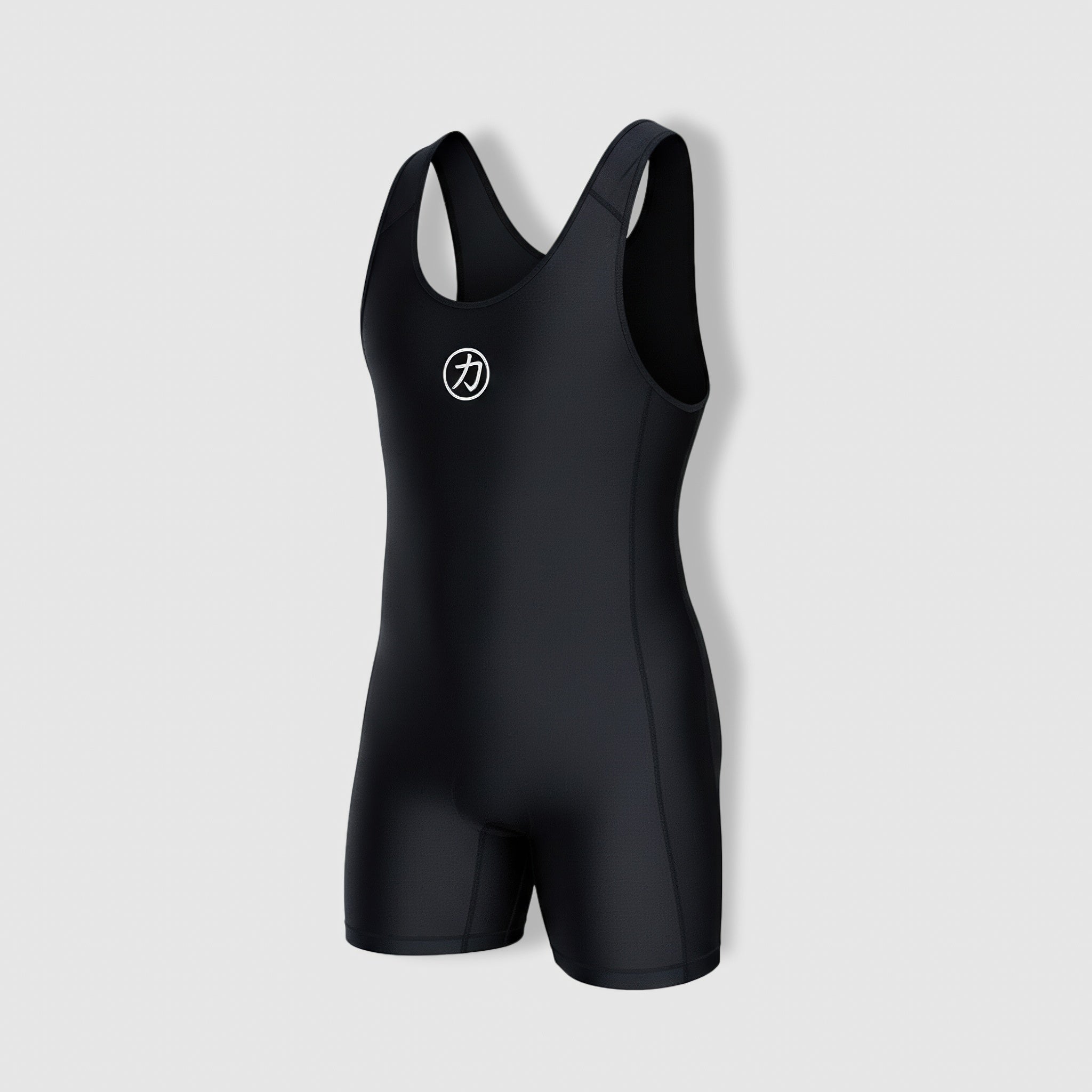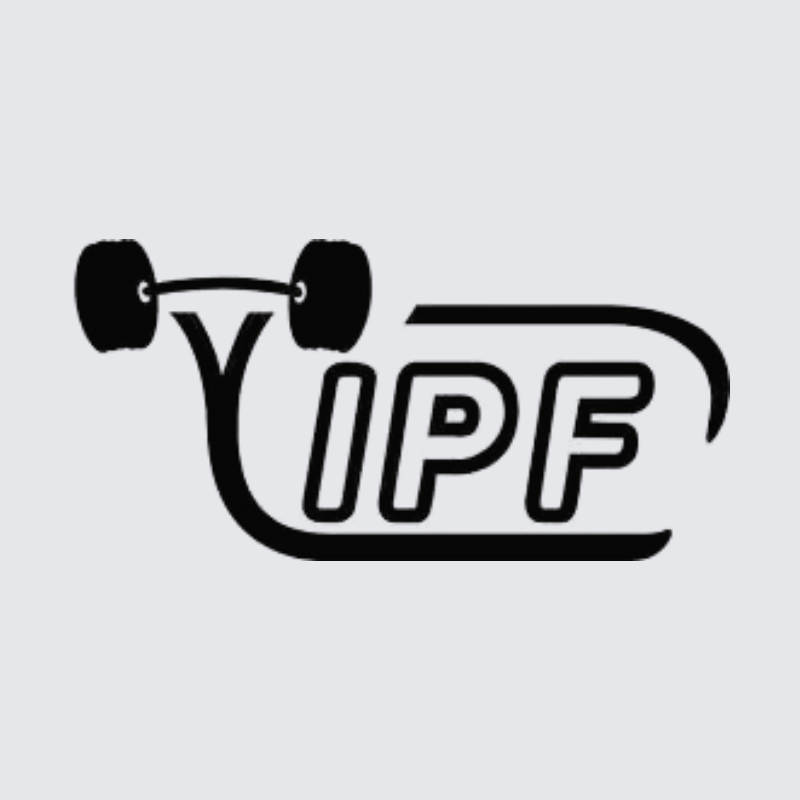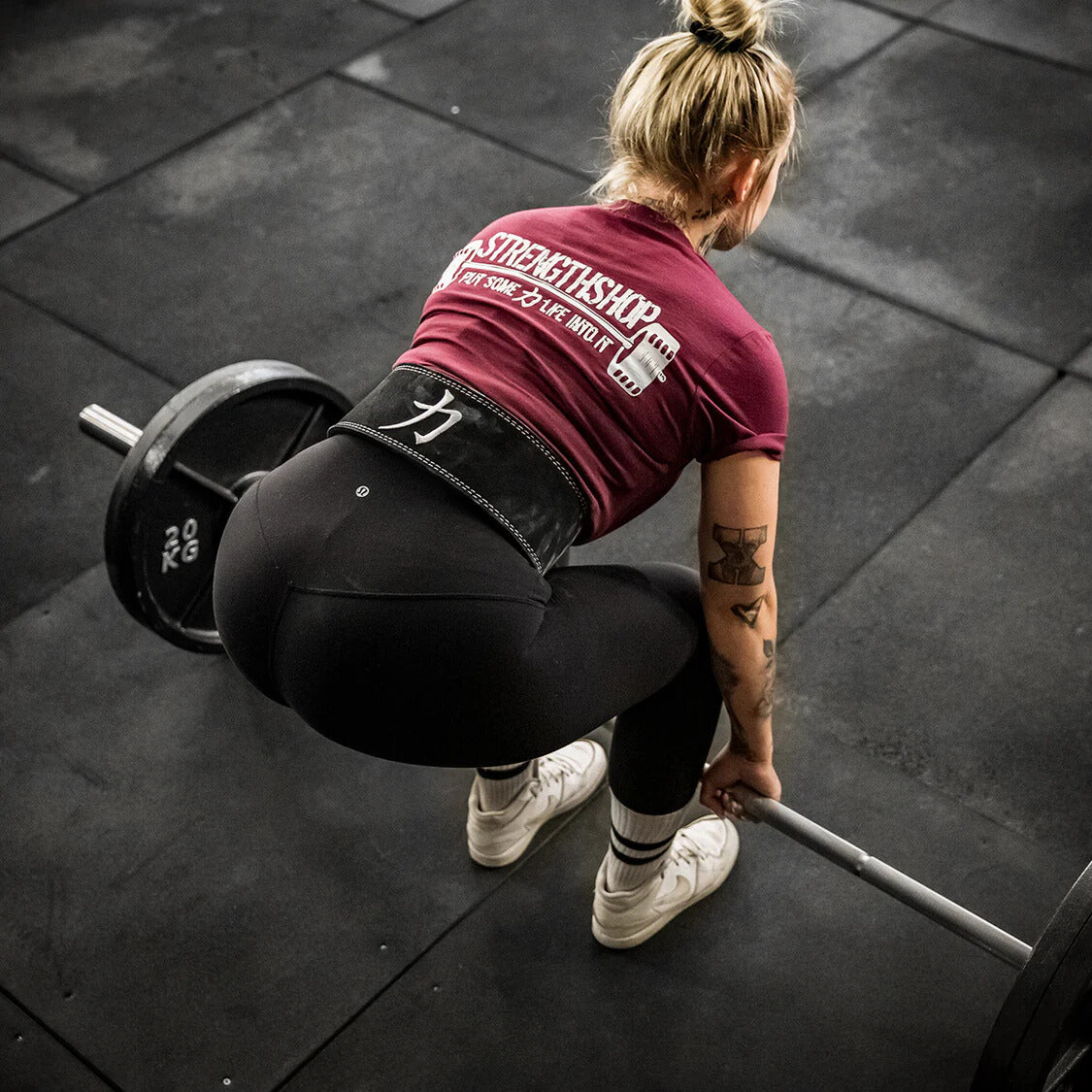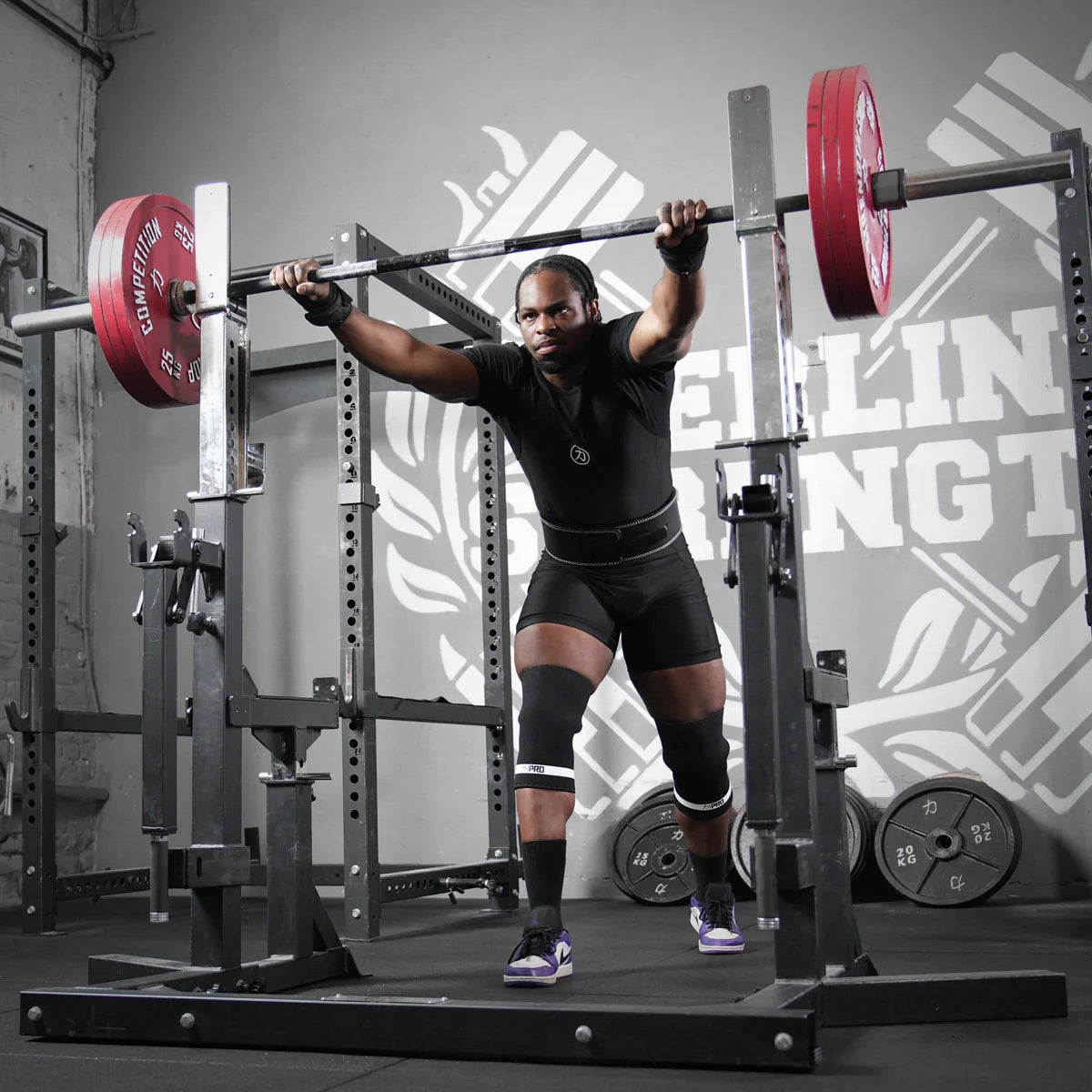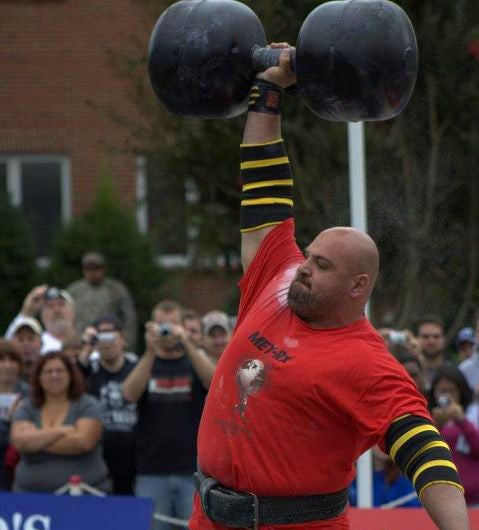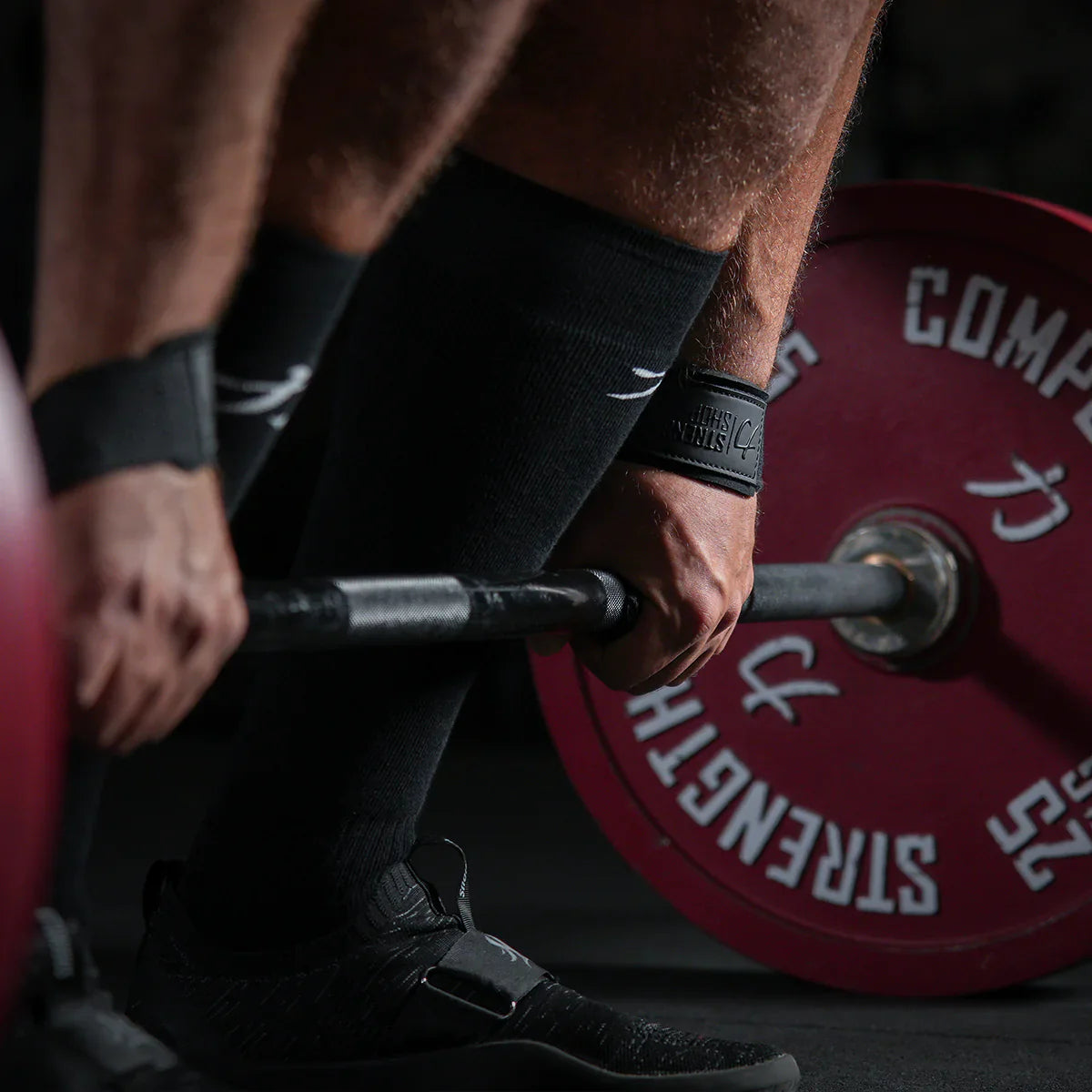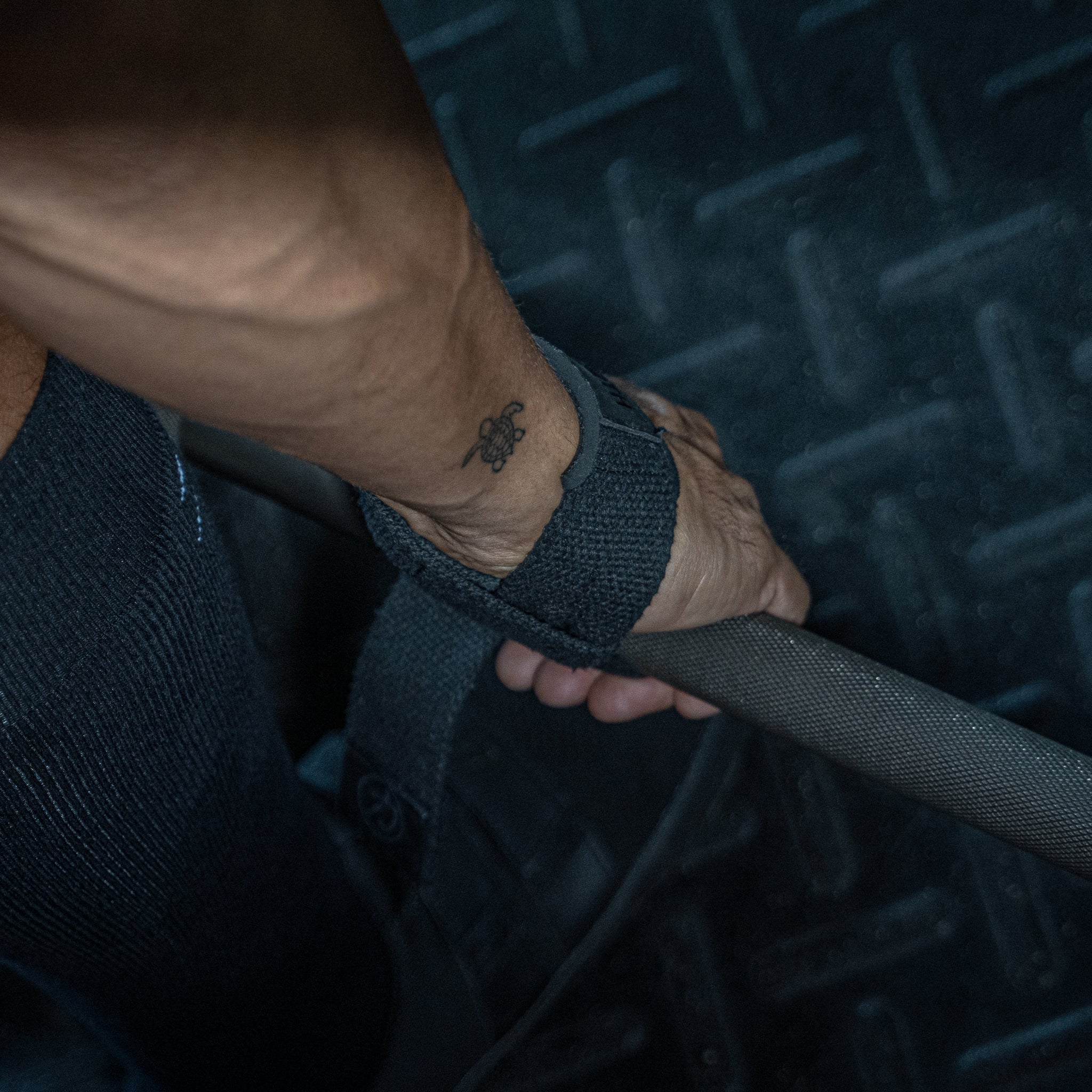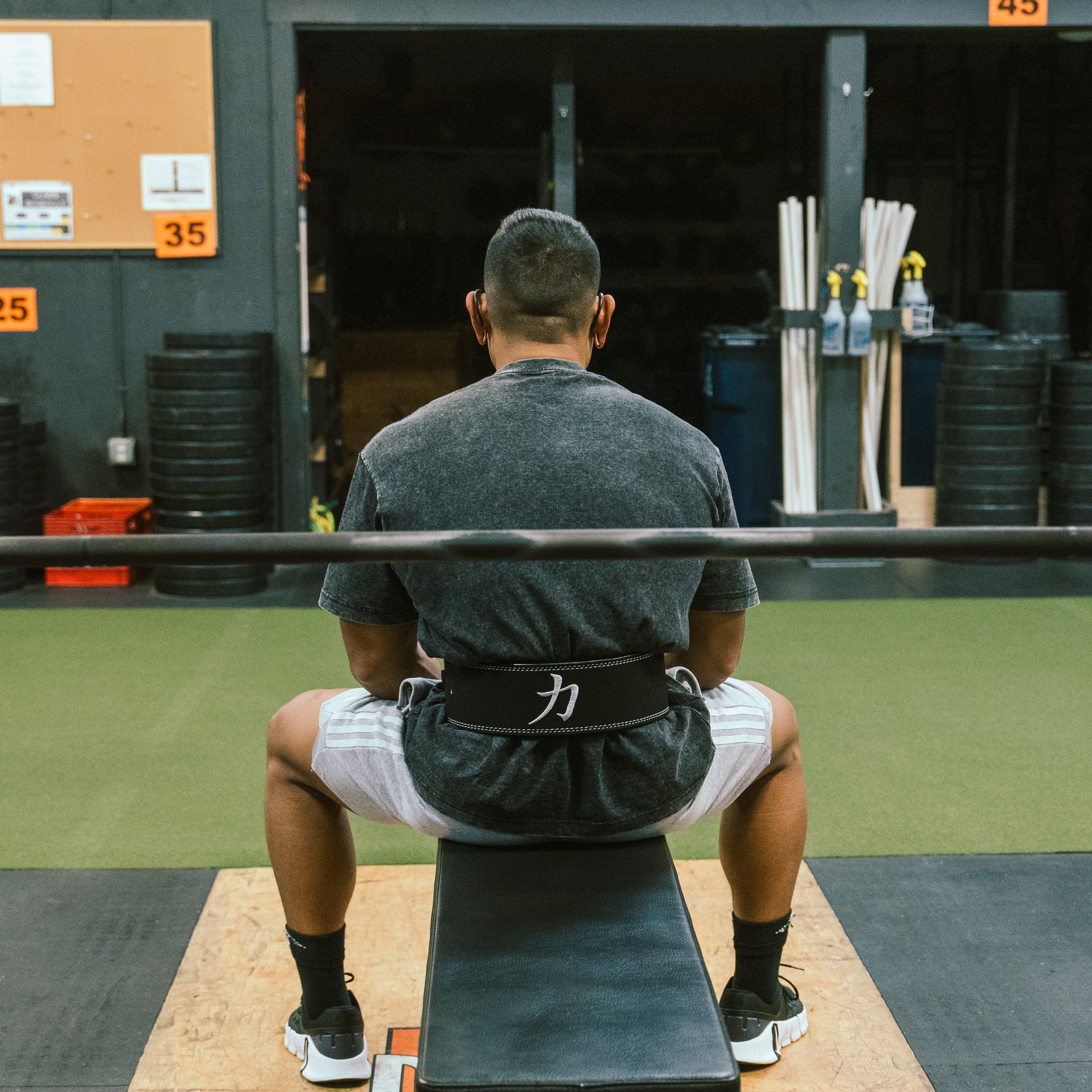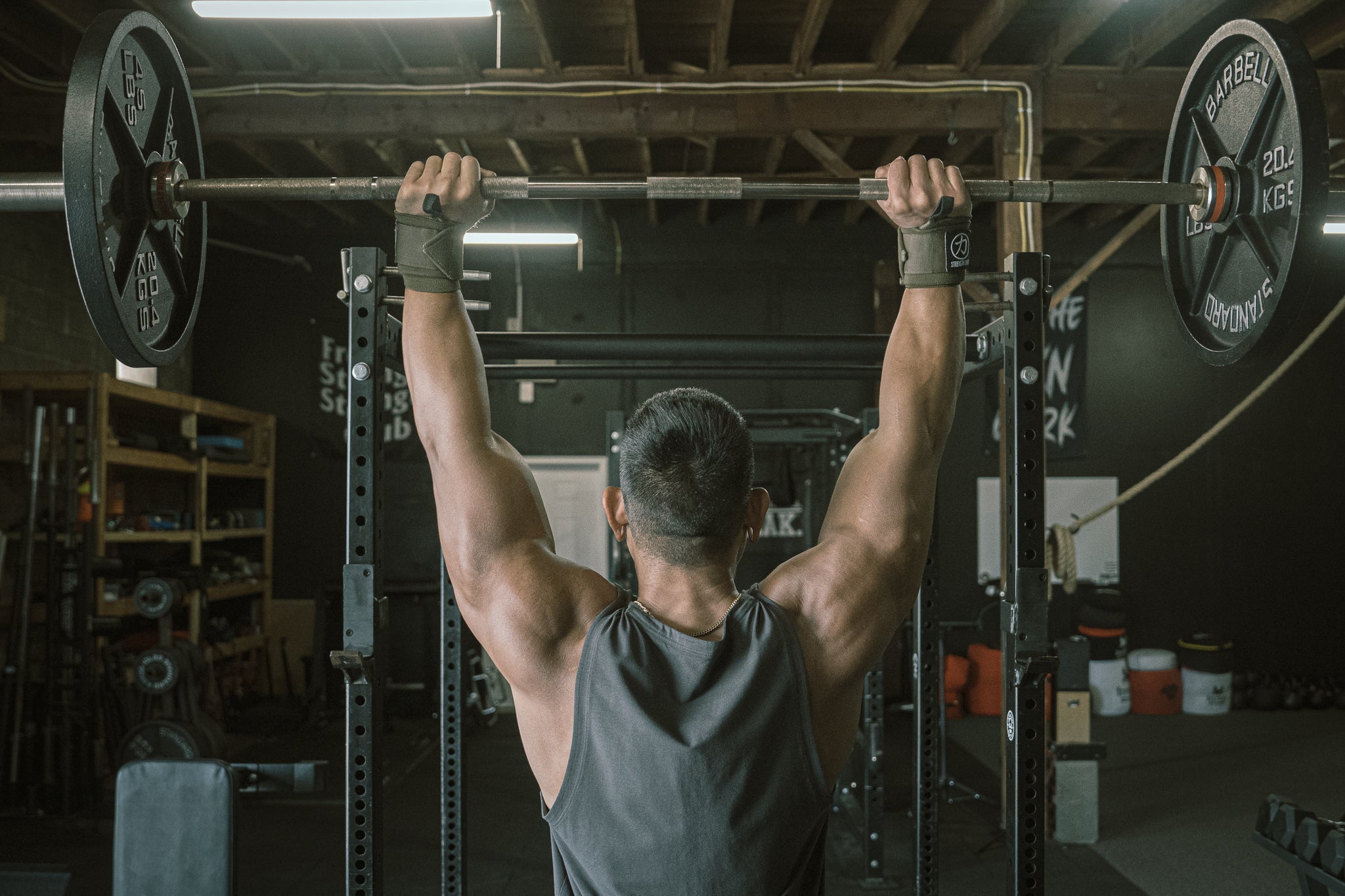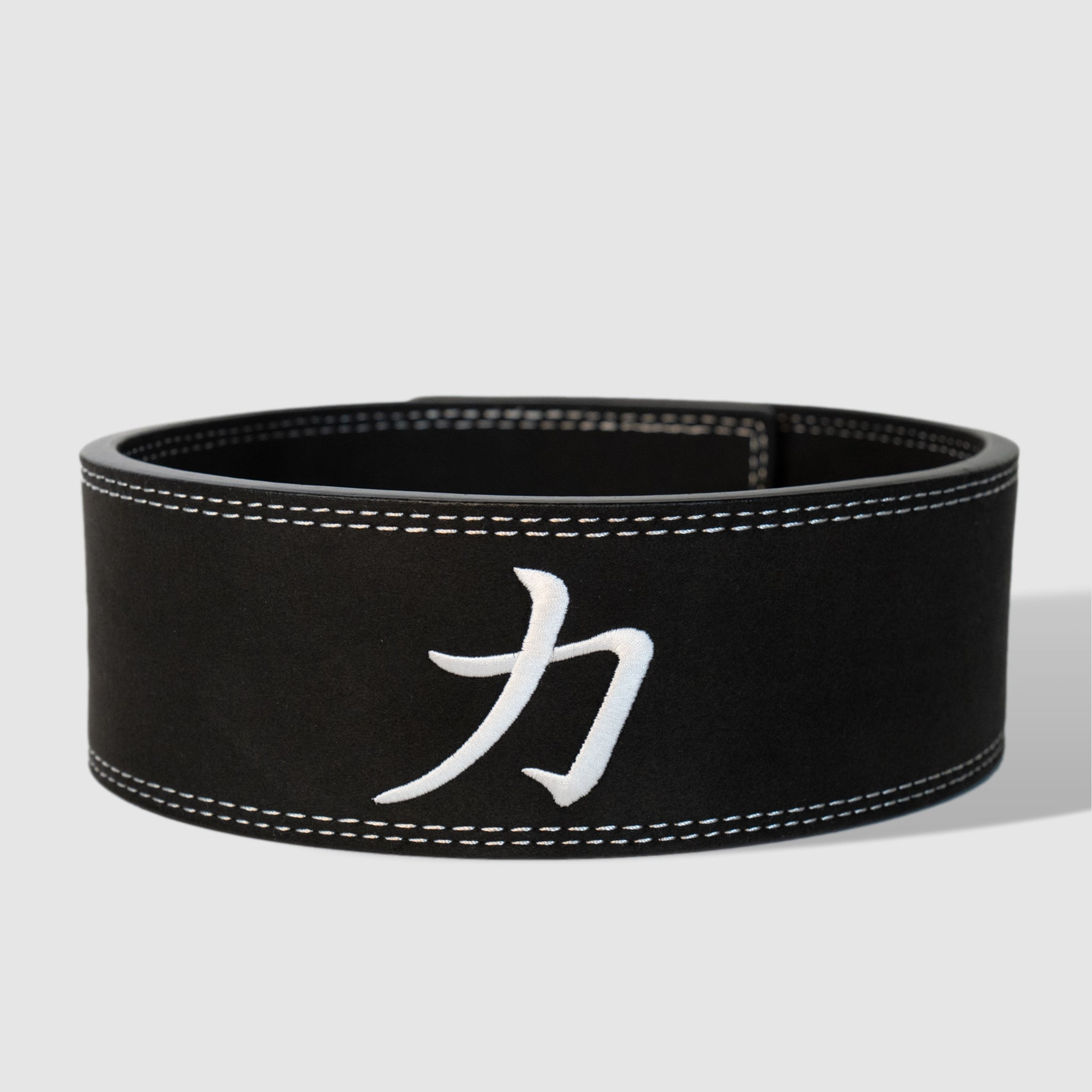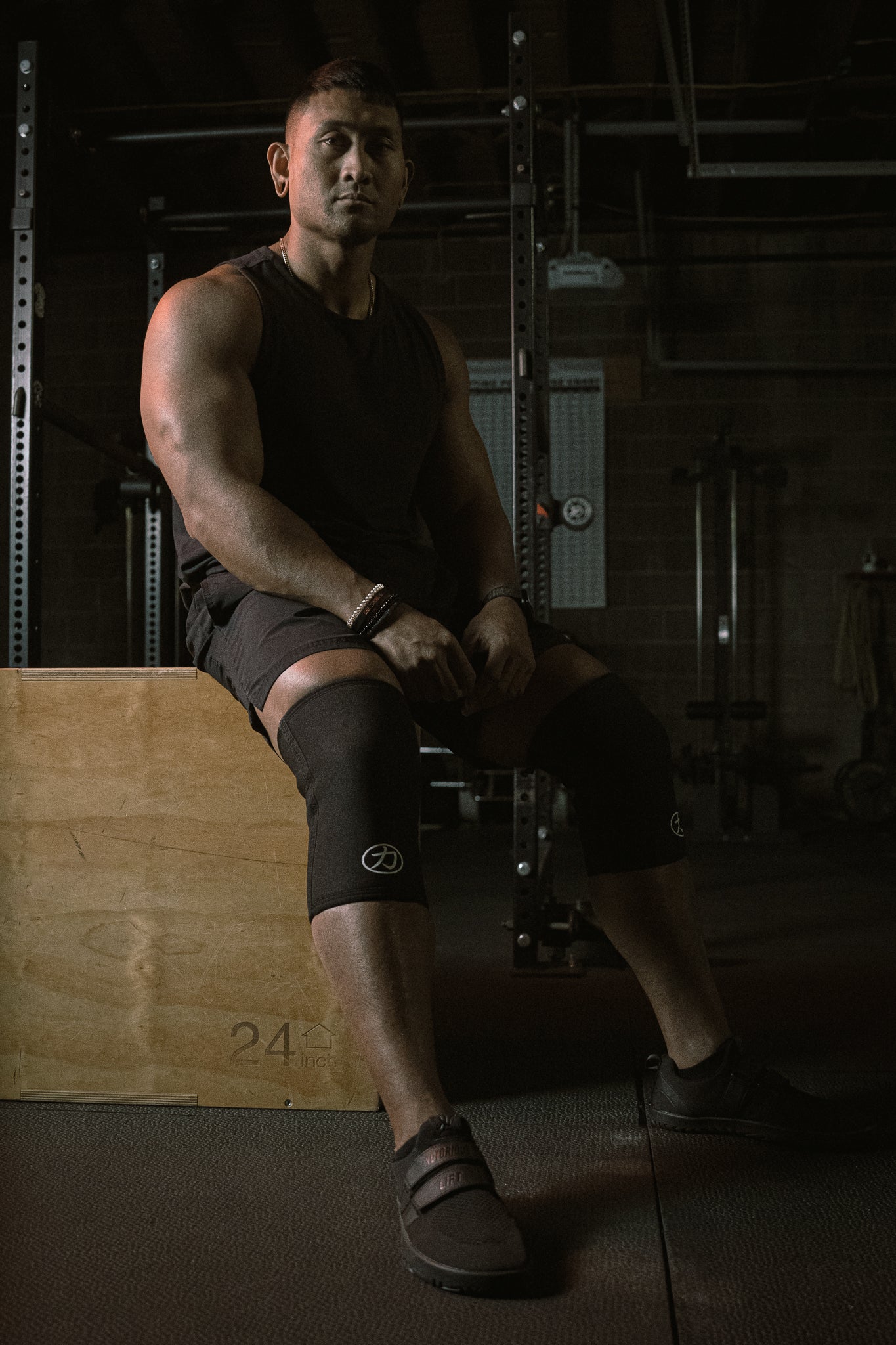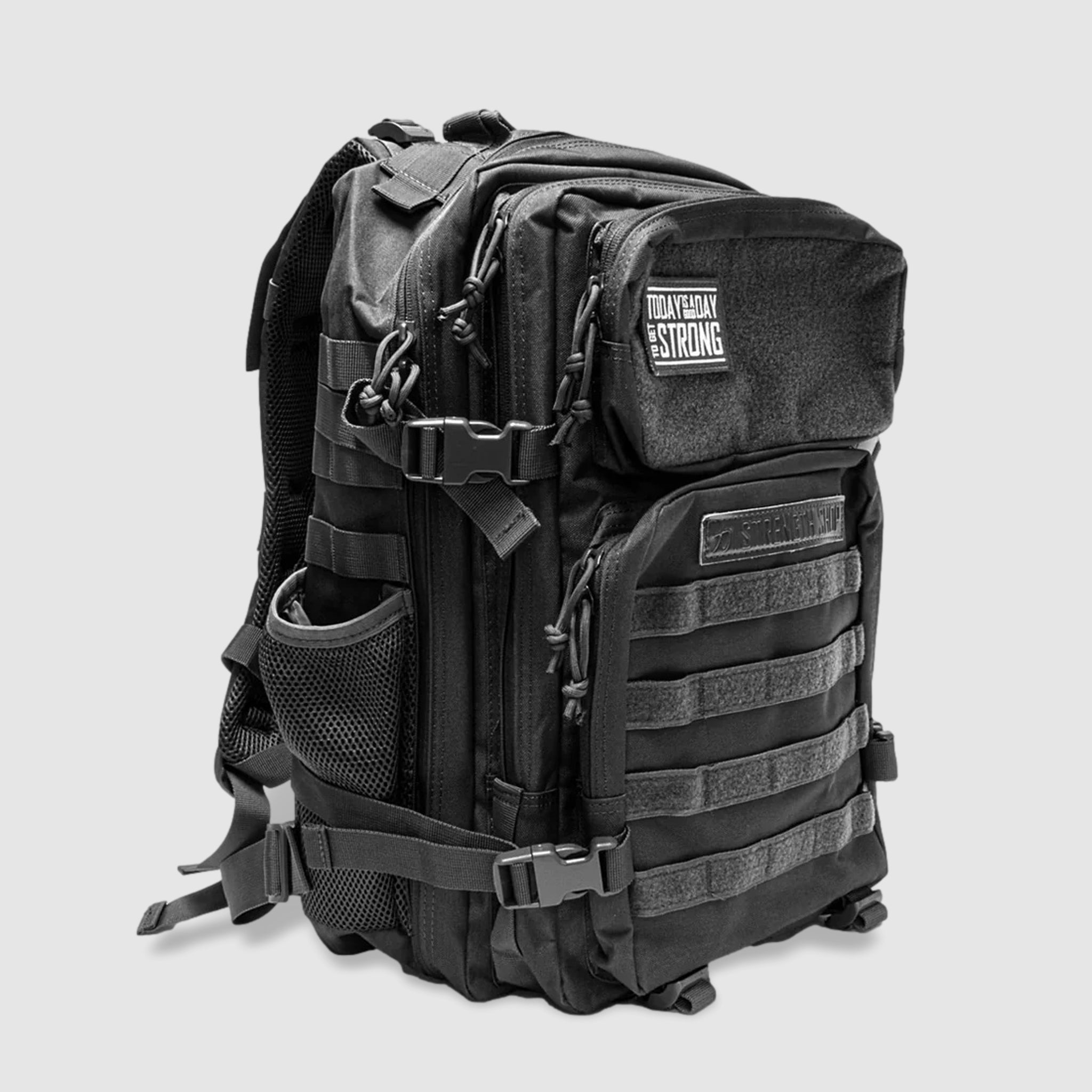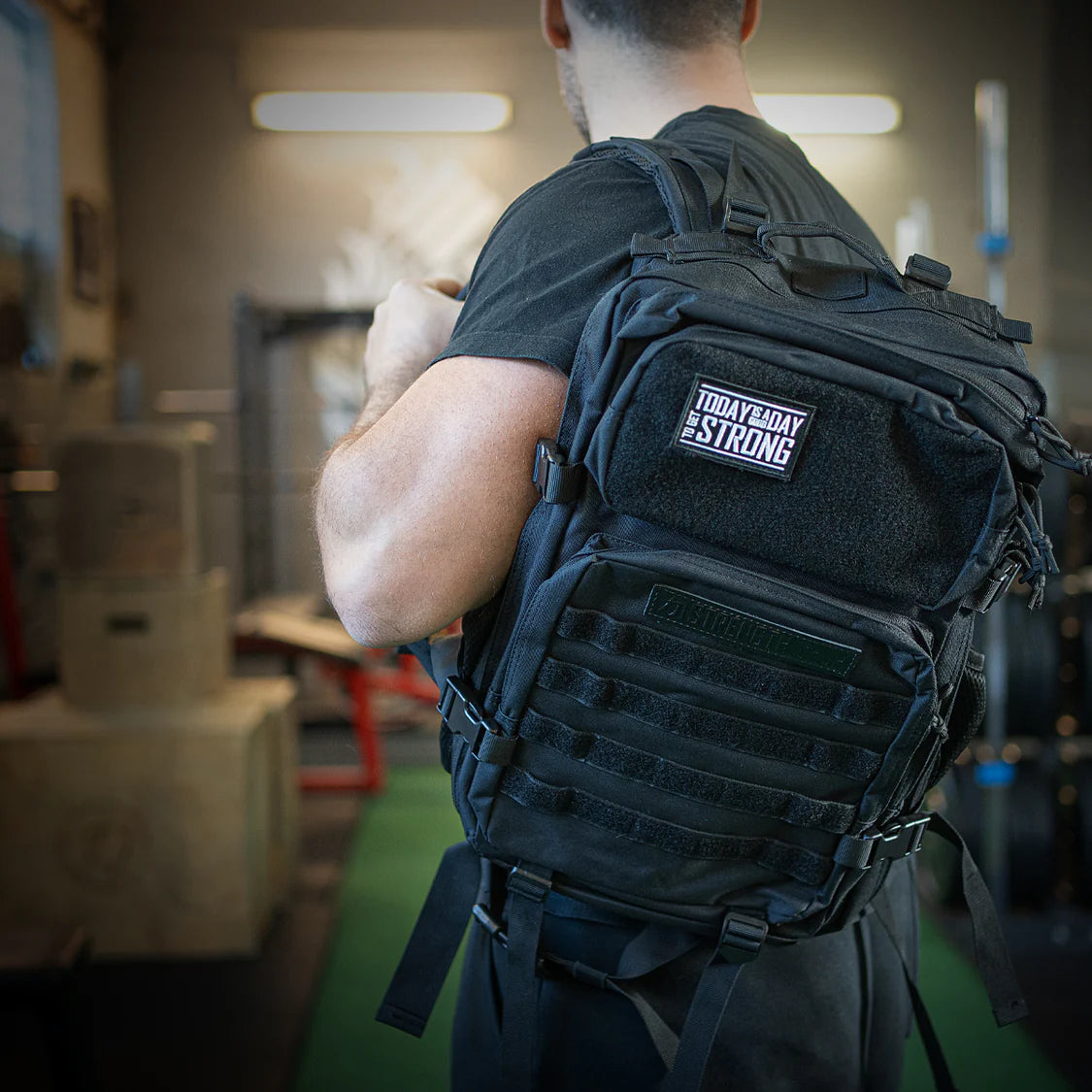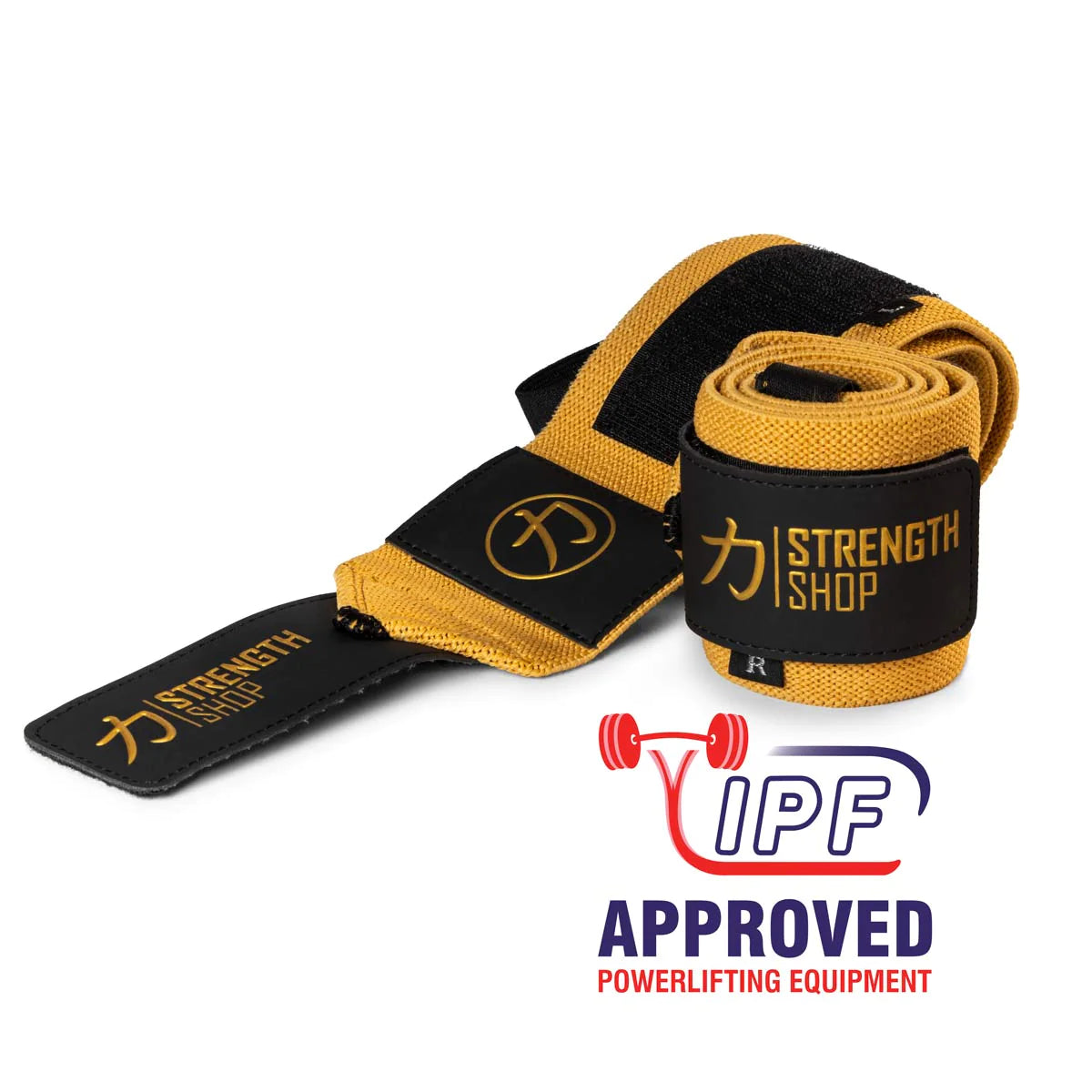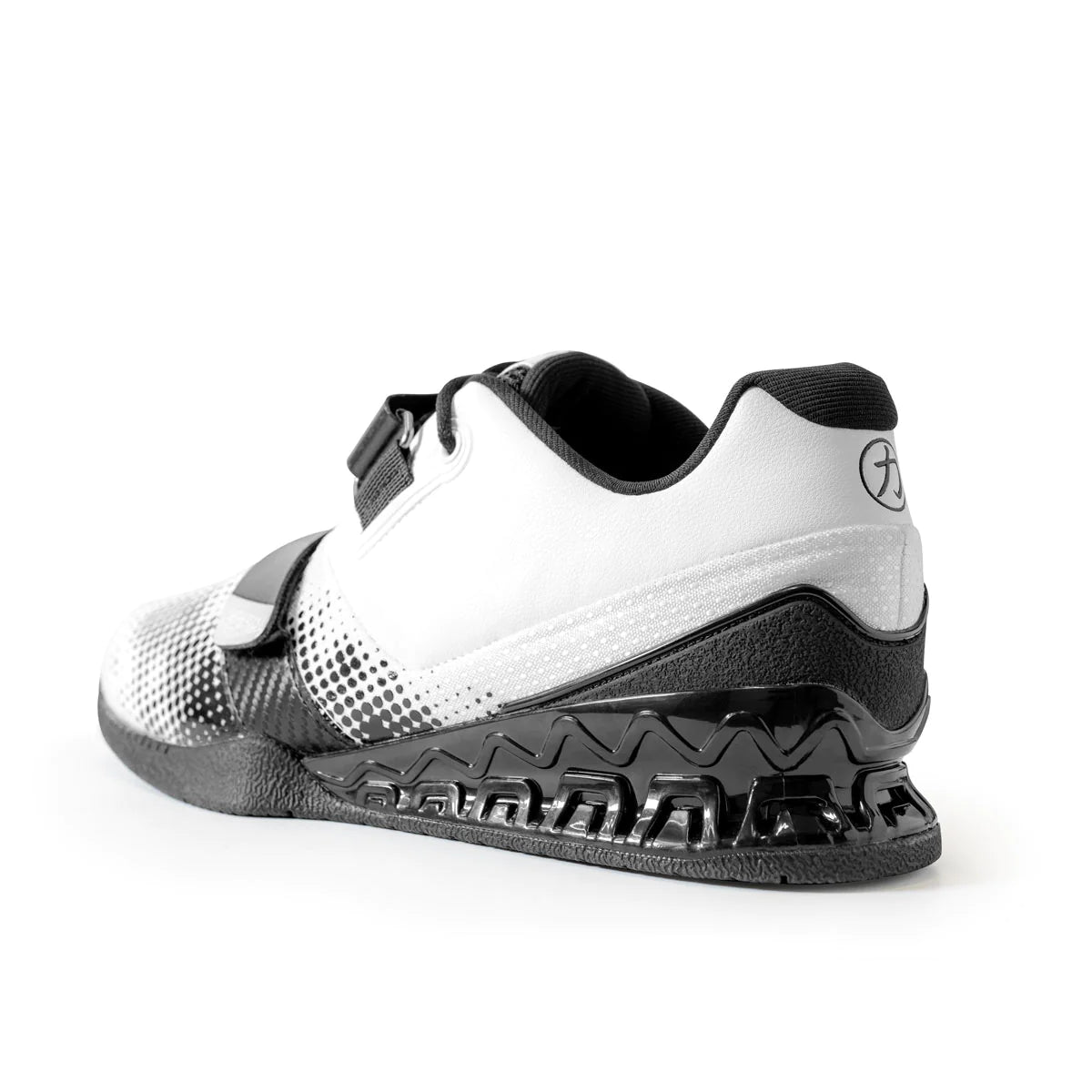Powerlifting can feel intimidating, but it doesn’t have to be. We’ve created a complete, no-fluff guide on how to start powerlifting, including an overview of powerlifting gear. You’ll learn the basics of the squat, bench press, and deadlift — plus how to train safely, build serious strength, and avoid the common mistakes beginners make. Let’s dive in!
What Is Powerlifting?
Powerlifting is a strength sport where you compete to lift the most weight in three barbell exercises: the squat, bench press, and deadlift. It's all about maximum strength, proper technique, and steady progress.
You’ll compete in a specific weight class and age division. Your final score is the combined total of your heaviest successful lift in each movement. These lifts aren’t just tests of strength — they’re tests of control, precision, and mindset. Every rep you perform has to meet strict technical standards.
If you're just getting started, your goal should not be to chase records right away. It's to learn these movements, train consistently, and build a strong, stable foundation.
Supportive gear like lifting belts for heavy lifts, knee sleeves for squats, wrist wraps for pressing, and deadlift shoes for stability are great tools to consider purchasing.
Powerlifting vs. Other Strength Sports: What’s the Difference?
So how is powerlifting different from other strength sports? Unlike bodybuilding, which focuses on muscle size and appearance, powerlifting focuses on one thing: how strong you are.
Olympic weightlifting involves explosive movements like the snatch and clean and jerk. Powerlifting, on the other hand, is about grinding through maximum-effort lifts. You don’t need to be fast — you need to be strong, steady, and in control.
That focus on raw strength is what makes powerlifting accessible to people of all shapes, ages, and fitness backgrounds. You’re not judged on how you look. You’re judged on what you can do.
How to Start Powerlifting
Starting powerlifting doesn’t mean you need to be the strongest person in the gym. It just means you’re ready to commit to learning the three core lifts and building your strength over time. Here’s how to get started the right way:
1. Know the Lifts
Powerlifting centers around three movements: the squat, bench press, and deadlift. Each one challenges your body in a different way and builds total-body strength.
-
Squat: You rest the barbell on your upper back, brace your core, and bend your hips and knees to lower yourself until your hips drop below your knees — then stand back up. Squats work your quads, hamstrings, glutes, and core.
-
Bench press: While lying on a bench, you lower the barbell to your chest, pause briefly, then press it back up until your arms are fully extended. This lift targets your chest, shoulders, and triceps.
-
Deadlift: You pick the barbell up from the floor by hinging at your hips and driving through your legs until you’re standing tall. Deadlifts train your back, glutes, hamstrings, and grip.
Powerlifters commonly use lifting belts for the squat, deadlift, and sometimes the bench press. The belt stabilizes your core by providing a firm surface for your abdominal muscles to push against.
Manufacturers also make women’s lifting belts that fit better and feel more comfortable for a woman’s body.
2. Set Realistic Goals
You’re not chasing world records on day one. Instead, aim to add 5-10 pounds per lift each month. Track your training in a notebook or app so you can see improvements, spot patterns, and stay motivated. Celebrate the small wins — consistent progress over time is what builds real strength.
3. Practice Proper Technique
Form matters more than weight. Every lift has a standard: squat to depth, pause the bar on your chest in the bench, and lock out your hips and knees in the deadlift. Learning proper technique keeps your joints safe, helps prevent injuries, and ensures your lifts would count in a meet. Consider filming your sets or working with a coach to refine your form early on.
4. Create a Training Program
Start with three to four sessions per week, each focused on one main lift with supporting accessory work. Use a simple progression plan — like adding small amounts of weight each week — and stick to it consistently.
5. Prioritize Proper Nutrition
Fuel your training with enough protein, complex carbs, and healthy fats. Eat to support strength gains and recovery, not just performance in the gym. Hydration and sleep matter just as much.
Basics of Proper Powerlifting Form and Technique
Good technique builds strength, prevents injury, and sets you up for long-term progress. Before adding heavy weight, you need to get each lift right — down to the smallest detail.
Squat Technique
Stand with your feet about shoulder-width apart. Sit back and down with control, keeping your chest up and knees in line with your toes. Drop your hips just below knee level, then drive back up while bracing your core.
Bench Press Technique
Plant your feet firmly and maintain a slight arch in your lower back. Grip the bar evenly, lower it to your chest with control, pause briefly, then press it back up without lifting your shoulders or glutes off the bench.
Deadlift Technique
For conventional deadlifts, place your feet hip-width apart with the bar over your midfoot. Brace your core, pull your shoulders back, and drive through your legs while keeping your back flat. For sumo, take a wider stance and focus on staying tall and balanced as you pull to lockout.
Once you’ve mastered proper form, you can start using tools like wrist wraps or lifting straps to support heavier training.
Note: If you compare wrist wraps vs. lifting straps, wrist wraps support your wrists during presses, while lifting straps assist with pulls like deadlifts and rows.
Build Your Powerlifting Training Program
Your training plan is the foundation of your strength progress. A solid program balances heavy lifting with recovery, accessory work, and consistent progression — all while keeping you injury-free. Here's how to structure your sessions for steady gains.
Warm-Up
Spend five to 10 minutes on dynamic stretching and mobility work, especially for the hips, shoulders, and spine. Add two to three light sets of your main lift to activate the right muscles and prepare your body to handle heavier loads.
Focus on Your Main Lifts
Start every session with your primary lift — squat, bench, or deadlift. Train in the 75% to 85% range of your one-rep max for three to five reps per set. Prioritize quality form and bar speed over chasing numbers.
Add Smart Accessory Work
Use accessory movements to strengthen weak points and build muscle around your main lifts. Add exercises like lunges, rows, hamstring curls, and overhead presses. Keep it simple: two to four movements, three sets of eight to 12 reps each.
Progress Week by Week
Begin with a linear progression model — add small amounts of weight each week while maintaining form. After eight to 12 weeks, move into more advanced strategies like periodization to vary intensity and recovery over time.
Beginner Powerlifting: Weekly Training Plan Example
Here's an example of what the structure might look like for a beginner who’s training four days per week:
|
Day |
Main Lift |
Main Lift Sets x Reps |
Accessory Work (Examples) |
Notes |
|
Monday |
Squat |
3–5 sets x 3–5 reps |
Lunges (3x10), Leg Press (3x10), Core Work (Planks 3x30s) |
Focus on depth and stability |
|
Tuesday |
Bench Press |
3–5 sets x 3–5 reps |
Dumbbell Press (3x10), Triceps Extensions (3x12), Rows (3x10) |
Control the bar, pause at chest |
|
Thursday |
Deadlift |
3–5 sets x 3–5 reps |
RDLs (3x8), Hamstring Curls (3x12), Planks (3x30s) |
Focus on hip hinge and bracing |
|
Friday |
Overhead Press |
3–4 sets x 5 reps |
Pull-Ups (3x8), Lateral Raises (3x12), Rear Delt Flyes (3x12) |
Build upper body strength and control |
Nutrition and Recovery for Powerlifting
What you eat and how well you rest directly impact your strength, progress, and injury prevention. Here’s how to support your training outside the gym:
Eat to Perform
Powerlifting demands energy, muscle repair, and hormone support.
Start with lean protein like chicken, eggs, Greek yogurt, and salmon — aim for 1.4-2 grams per kilogram of body weight daily. Include complex carbs such as oats, rice, sweet potatoes, and whole grains to fuel your workouts and replenish glycogen. Add healthy fats like olive oil, nuts, seeds, and avocado to support joint health and hormone balance.
Sleep and Recover Well
Aim for seven to nine hours of quality sleep each night to repair your muscles and allow your nervous system to recover. Use active recovery tools like stretching, foam rolling, and light walking on rest days to stay loose and reduce soreness.
Avoid Injuries
Don’t push through pain. Respect warning signs like joint discomfort, fatigue, or tightness. Use supportive gear like lifting straps belts, wrist wraps, or knee sleeves when lifting heavy. And never skip warm-ups or cooldowns; they keep your body primed and protected.
The Benefits of Powerlifting
Powerlifting does more than just build muscle — it transforms how you feel, move, and perform both in and out of the gym. Here’s how it can help you.
-
Increased full-body strength: Squats, bench presses, and deadlifts target your major muscle groups for real, usable power.
-
Mental discipline: Structured training helps you stay focused, consistent, and resilient through challenges.
-
Increased bone density: Heavy lifting strengthens your skeletal system and supports long-term joint health.
-
Improved functional fitness: Powerlifting builds balance, control, and coordination that carry over to everyday life.
-
Improved metabolic health: Regular strength training improves insulin sensitivity and supports long-term fat loss.
Beginner Mistakes to Avoid When Powerlifting
Starting strong means avoiding simple errors that can slow you down or lead to injury. Keep these in check as you train.
-
Chasing weight too soon: Focus on form and control before trying to lift heavier.
-
Skipping recovery: Get enough rest, eat well, and avoid overtraining to support your long-term progress.
-
Ignoring accessory work: Train your stabilizers and weak points with targeted exercises to prevent imbalances and injuries.
Join a Powerlifting Community
You don’t have to do this alone. Being part of a powerlifting community can boost your progress, keep you accountable, and make training more enjoyable.
-
Find a powerlifting gym: Look for a space with the right equipment and serious lifters to stay motivated and focused.
-
Learn from others: Ask questions, train with experienced lifters, or hire a coach to improve faster.
-
Compete when you’re ready: Sign up for a local meet to test your progress and build confidence under pressure.
Frequently Asked Questions
What is powerlifting?
Powerlifting is a strength sport where you compete to lift the most weight in the squat, bench press, and deadlift within your weight class.
Can anyone start powerlifting?
Yes, anyone can start powerlifting at any age or fitness level by training consistently and learning proper technique.
What equipment do I need?
You need a barbell, weight plates, flat-soled shoes, and a power rack, and later you can add a belt, wrist wraps, and knee sleeves for support.
How often should I train?
Train three to four times per week with a focus on the main lifts and include rest days for recovery and muscle growth.
How important is nutrition?
Nutrition plays a vital role in powerlifting by fueling performance, aiding recovery, and supporting long-term strength gains.
How do I prepare for my first competition?
Prepare for your first meet by training for 12 to 16 weeks with a structured plan, practicing commands, and following competition rules.

